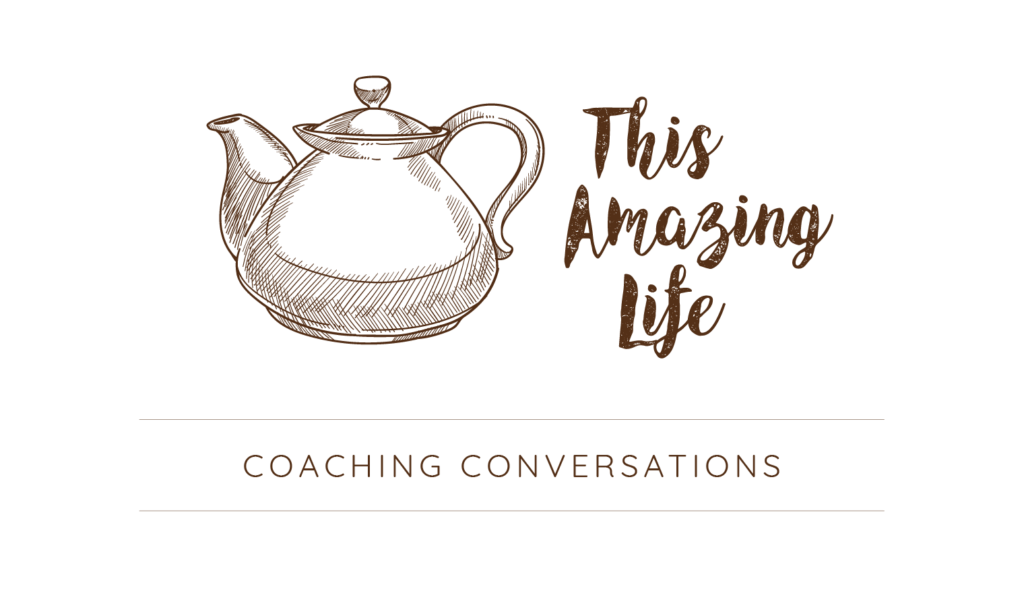We do not have enough words to describe the nuances of sadness. If we did, we would have as many words for sadness as the Inuit have for the white stuff. As it is we are all too often left with one word: depression. And this just won’t do. While one in 5 people may experience the serious illness of depression at some point in their lives, everyone feels sad from time to time—and sadness is not a medical condition. It is part of the wide emotional range that we humans are capable of experiencing.
In our culture we seem to be afraid of sadness. We want people to snap out of it as soon as possible, especially young people. Of course depression is a very serious concern but when a society loses its capacity to experience the full range of emotions including the capacity to mourn its losses, whether personal or global, we lose something of great value. A downtrodden habit of negativity is equally unhelpful, but fortunately we can become much more skilful at navigating sad times.
Often our first reaction to a twinge of sadness is to cover it up with frantic activity—scrolling, texting, phoning someone or eating something being a few standard favourites. Anyone who has been on the planet longer than five minutes knows that things don’t always work out the way we want, and learning to bear our own losses is a crucial skill in learning how to be happy.
A time of sadness offers many opportunities. It may indicate a period of transition, a shift in our identity or a call for down-time. It is a fruitful time for reassessing goals and habits, developing compassion and learning to embrace the contradictions and mysteries of a rich inner world.
Rather than automatically assuming sadness means something is wrong, it is useful to get to know the landscape of melancholy. Then we are better able to notice the signposts along the way and take appropriate activities. These could include journal writing, collecting things, sitting in a cafe, sketching, having a quiet night in, noticing small moments of upliftment—anything that enables us to mobilise our own creativity and feel whatever we are feeling without judgement. In this way we encourage sadness to move more fluidly through its natural cycle.
Sadness often announces its arrival with an indefinable sense of longing. There is a Celtic word, hiraedd (pronounced hir-aye-ith), that means homesickness but it includes the sense of missing some unnameable something. German gives us heimweh (longing for home) and fernweh (longing to be far away). French offers us the delicious nostalgie de la boue which literally means ‘longing for the mud’ but in that very French fashion it can also mean longing for a guilt-free romp in the country. Wherever your mind takes you, these words hint at one of the gifts of sadness; it is a call of the soul to experience wholeness.
When longing arises people often say, ‘I feel lonely, I feel depressed’ when actually it may be some potential within them calling for expression. This kind of longing, as opposed to desire or craving, is not a sign of something going wrong but something going right. While it contains a wistful ache it also contains beauty and it can be trusted to lead us forward. The Japanese poet Basho expressed it exquisitely when he wrote, Even in Kyoto, when I hear the cuckoo’s cry, I long for Kyoto.
Longing is the first of the seven phases in the cycle of soulful sadness as I experience it. It is quickly followed by the liminal experience of not knowing. Here, our old strategies for feeling happy are no longer working, but the new ones are not yet in place and we have to admit that we just don’t know. From there we are drawn to quietude, and deep listening becomes possible. The noisy party leaves us feeling even sadder—it’s time for some down-time. Inevitably following a period of sincere listening is a turning point—an everyday moment that catches our attention—something someone says, something you see, an insight. The result of taking hold of such a turning point is that we grow a little bigger inside and are better able to embrace the contradictions of life. Then, in the final phases of sadness we are drawn to examine our values, habits and goals. We think about what we may want to do differently and the world begins to call us to active engagement once again–ideally bringing with us whatever has been gained in the crucible of sadness. Until, of course, things don’t go according to plan and the cycle offers itself again.
Everyone is different. Our emotions and inner world are not linear and do not follow a rigid formula. This seven-phase cycle is not a recipe for keeping our emotional backyard all neat and tidy. Let me confess right now, mine is frequently rampant. In some way sadness always undoes us no matter how familiar we may be with the territory. That’s the source of its power. But taking the time to appreciate the changing landscape as a cycle of sadness plays out does offer some thoughts about the dynamics of resilience. Perhaps it will encourage us to value the abandoned wombat holes and swamps as well as the scenic views that make it into the emotional travel destinations we keep on public view.
Karen Bedford
